Reviewed by: Y. Garcia
Netflix is making a bold move that could reshape how we think about entertainment in our living rooms. The streaming giant has transformed its gaming strategy from a mobile-focused experiment into something far more ambitious, turning your TV into a gaming console using nothing more than your smartphone.
This is not just about adding games to Netflix; it is about creating an entirely new category of interactive entertainment that bridges the gap between passive viewing and active participation.
The shift marks a new way to think about engagement on streaming platforms. Rather than scrapping for more viewing time, Netflix is betting that smartphones can unlock a new era of living room entertainment by transforming every phone into a sophisticated game controller.
With mobile gaming accounting for over 50% of all gaming revenue in 2023, Netflix has a clear opening to reach audiences who want more than traditional streaming offers.
From mobile experiments to living room revolution
Netflix’s gaming journey started modestly with mobile games launching officially on November 2, 2021, but the results were underwhelming. Gaming efforts have lifted user engagement by less than 0.5%, and most titles were small-scale mobile experiences with limited replay value. The library felt disconnected from the core streaming experience, which left room for a rethink.
Here is what changed the game. The mobile misfires revealed something crucial about behavior: people wanted interactive experiences that fit with their existing habits, not content that felt bolted on. The transformation became clear during Netflix’s Q3 2025 earnings call, where co-CEO Greg Peters revealed the streaming giant’s pivot toward interactivity broadly. Gaming shifted from the headline to one part of a larger vision for interactive entertainment.
Execution is the tell. Netflix has revised its gaming approach to focus on party-style multiplayer games that can be played on televisions using smartphones as controllers, effectively turning every living room into a potential gaming hub. Rather than chase console-level hardware, Netflix leans on devices people already own and aims for social play that brings people together.
The tech removes old barriers. Users can select content from the games tab and play without the need for special controllers, making the experience as seamless as starting a movie. Netflix describes the process as being as easy as streaming a show on a Friday night, so gaming feels like a natural extension of the service instead of a separate activity.
What makes this TV gaming approach actually work
The clever bit is using the TV where most viewing still happens, then handing each player a phone that can do far more than a standard controller.
Netflix’s expansion to TV screens targets the 80% of viewing that still happens on televisions rather than mobile devices, while smartphones provide sophisticated interactive capabilities that go beyond traditional inputs.
Consider what the dual-screen setup enables. Your phone can be a private input device. Imagine a trivia round where answers stay hidden until the reveal, or a drawing game where your phone is the canvas and the TV shows the evolving masterpiece. Those mechanics simply do not land the same with a single-screen console setup.
Setup is designed to be painless. To play, users simply select a title from the new Games tab on their TV and connect their phone as a controller by scanning a QR code. No downloads, no separate purchases, no extra hardware.
The first wave of titles leans hard into living room fun. LEGO Party headlines the collection, a game that typically retails for $40 but will be free for Netflix subscribers, which delivers immediate value. Other titles include Boggle Party, accessible to up to eight players, and Tetris Time Warp, which lets you revisit different eras of the iconic franchise.
What strikes me about this curation is the clear preference for group play over solo sessions. These are not games for your commute. They are built to turn the living room into a social hub. Netflix is leveraging its existing interface and user habits to make gaming feel more native to its platform, which keeps the hop between watching and playing nice and smooth.
Beyond gaming: the bigger interactivity play
Here is where the plan scales up. The TV gaming initiative is the opening move in a broader interactivity push. The company is testing real-time audience participation features such as voting, starting with current programming and expanding to future shows. Netflix is piloting this format with Dinner Time Live With David Chang and plans to apply it to its upcoming Star Search revival in January 2026.
This broader vision positions Netflix against interactive platforms like Twitch and YouTube Live, but with advantages that matter to mainstream audiences.
Netflix’s live voting capability positions it to compete with platforms like Twitch and YouTube Live, and it can pair those tools with a massive subscriber base and premium production to deliver interactions that feel more polished than typical livestream chats.
There is a strategic spine to all this. Co-CEO Peters frames gaming as part of a broader interactivity strategy to complement linear storytelling, creating multiple engagement touchpoints that reinforce each other.
As Peters explained, Netflix sees that it extends the audience’s engagement with a story, creates a synergy that reinforces both the interactive and the non-interactive sides, and drives engagement and retention.
The short version: Netflix is designing an entertainment ecosystem where interactivity deepens the experience rather than cannibalizes it.
The challenges and competitive landscape ahead
Even with a sharp strategy, execution is the hurdle. Netflix’s TV games are currently in beta for a subset of users on a limited range of smart TVs in selected countries, immediately narrowing access.
Hardware cycles will not help. Given that consumers tend to replace their TVs only every 7-9 years, the addressable market for the streamers’ TV games may grow slowly unless they strike more partnerships with vendors. Momentum is hard to build when your potential audience upgrades at a glacial pace.
Competition is already heating up. Netflix and Amazon are testing an enticing theory: that millions of consumers who do not own game consoles will embrace TV gaming. The potential audience is substantial, about 25%-40% of adults in major developed and developing markets say they regularly play games on their smartphones, tablets, or PCs, but do not own consoles, and winning them over will require a near-flawless experience.
The nuts and bolts still need work. Nearly half of the App Store reviewers of the Netflix Game Controller app give it one star, mostly complaining about setup issues, which suggests the onboarding flow needs polishing. When the pitch is simple, setup snags become deal-breakers.
The trickiest part might be internal competition. Perhaps the biggest obstacle is internal competition; Netflix’s games must compete with its own compelling video content for user attention. Every minute spent gaming is a minute not spent on the latest season of a hit series, and that creates tension inside Netflix’s own ecosystem.
Where Netflix’s gaming revolution leads us
Netflix’s move into TV gaming reframes what a streaming platform can be in a cutthroat entertainment market. Netflix plans to ramp up its investment in interactivity judiciously in the future, signaling a commitment without reckless spending.
The money is there if they nail it. Games represent an approximately $140 billion global consumer spend opportunity, excluding China and Russia, so even a slice would be meaningful. The catch is that interactive moments have to feel like natural extensions of the viewing experience, not a side quest competing for attention.
The strategy mirrors a broader shift in what audiences expect. Consumers today are not only just looking for more than passive viewing, jumping from streaming app to streaming app, but they still want to be surprised and want interactive, immersive experiences.
By positioning gaming as part of its entertainment ecosystem rather than a separate product, Netflix is betting that watching and playing will blur as a matter of habit.
What feels compelling is how this uses Netflix’s existing strengths. The company already excels at content curation, interface design, and reading viewing patterns. Now it is applying the same playbook to interactivity, creating games and interactive content that feel authentically Netflix instead of bolt-ons.
If this works, Netflix could become the definitive entertainment platform for the streaming era, combining premium video with interactivity that keeps people engaged longer. The real test is execution, can TV gaming and live features feel as effortless as hitting next episode?
From where I sit, Netflix is aiming at a future where entertainment is participatory, social, and comfortably integrated across screens. Whether it lands depends on how smoothly they ship it, but the vision reaches beyond traditional streaming in a way that could reshape what an entertainment platform even is.





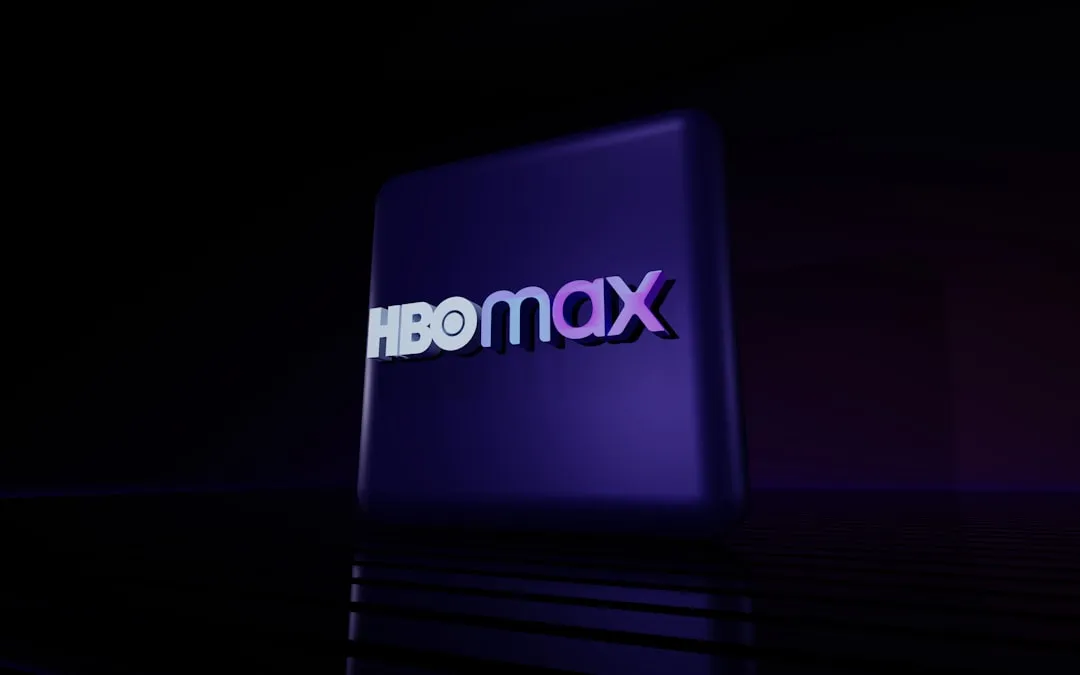




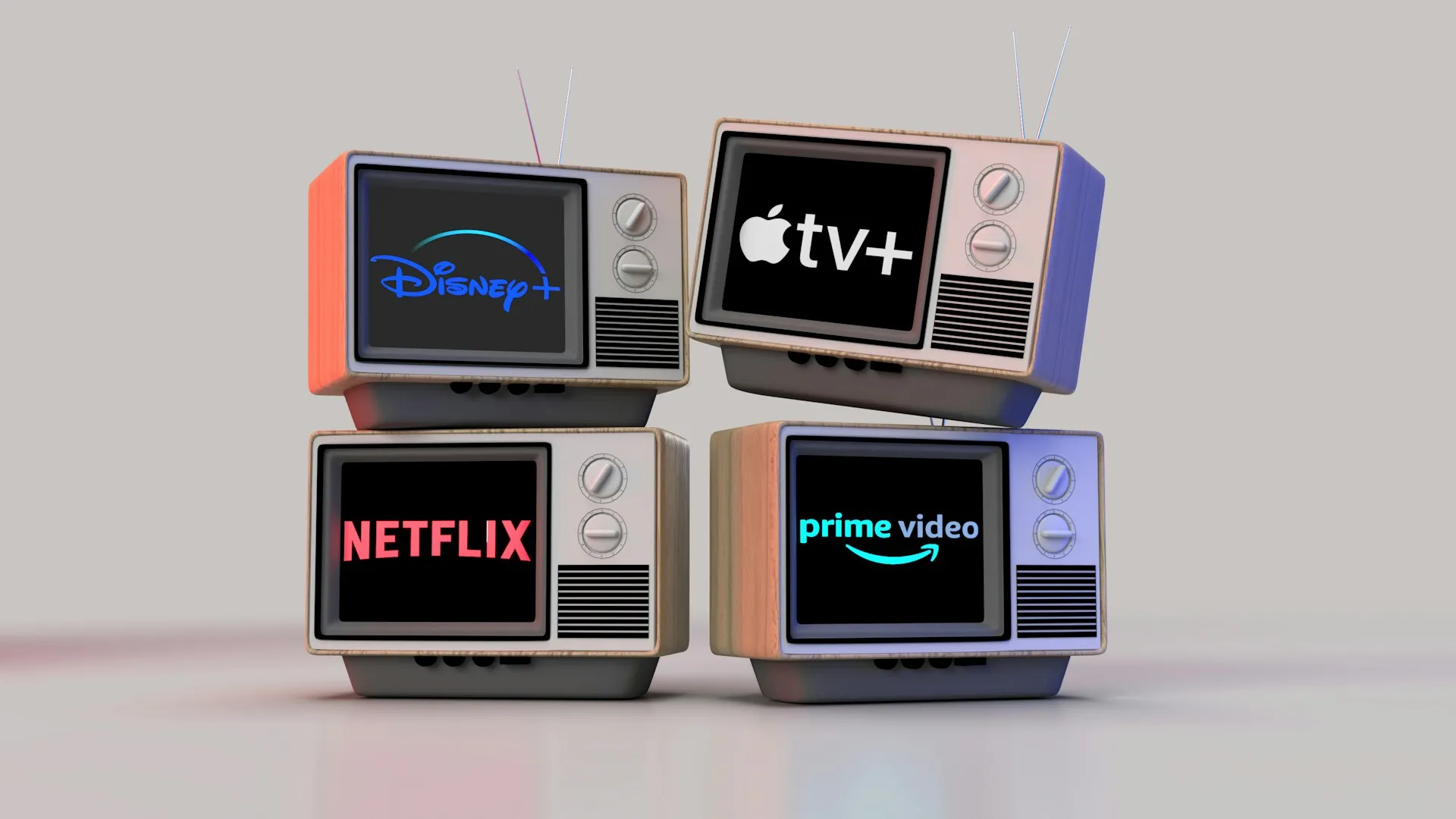
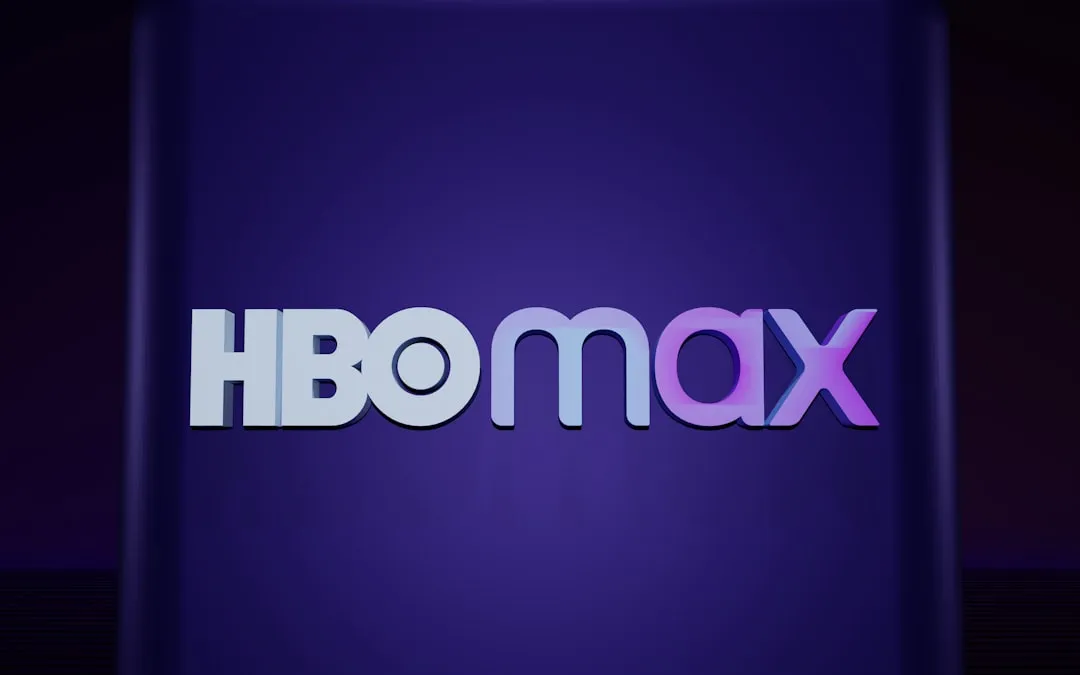





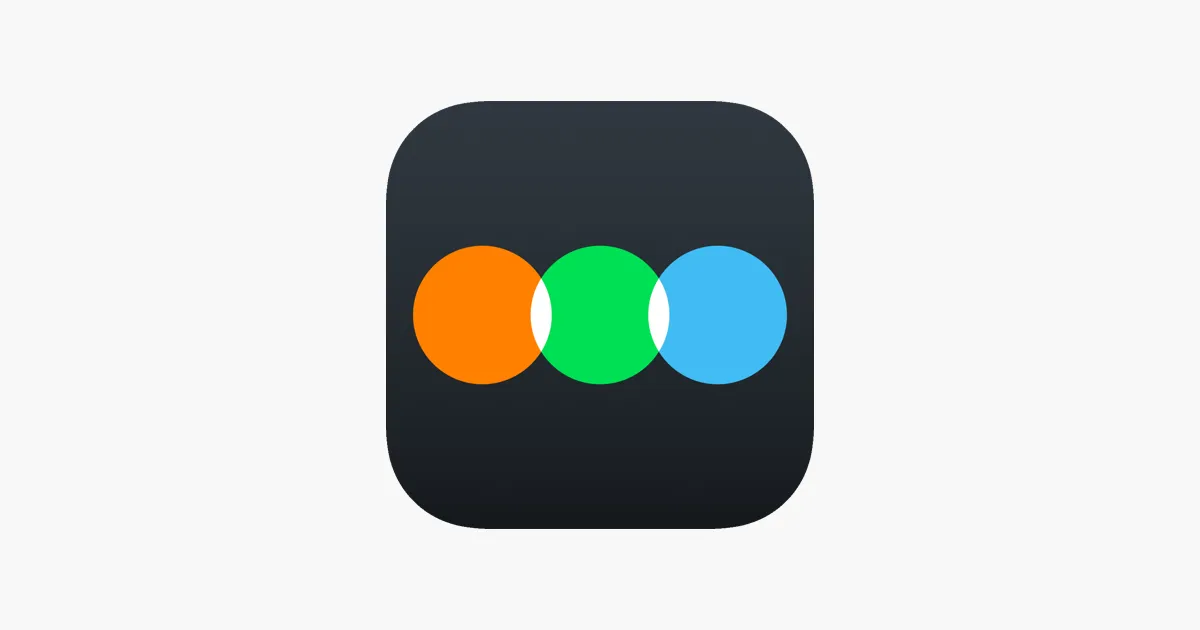




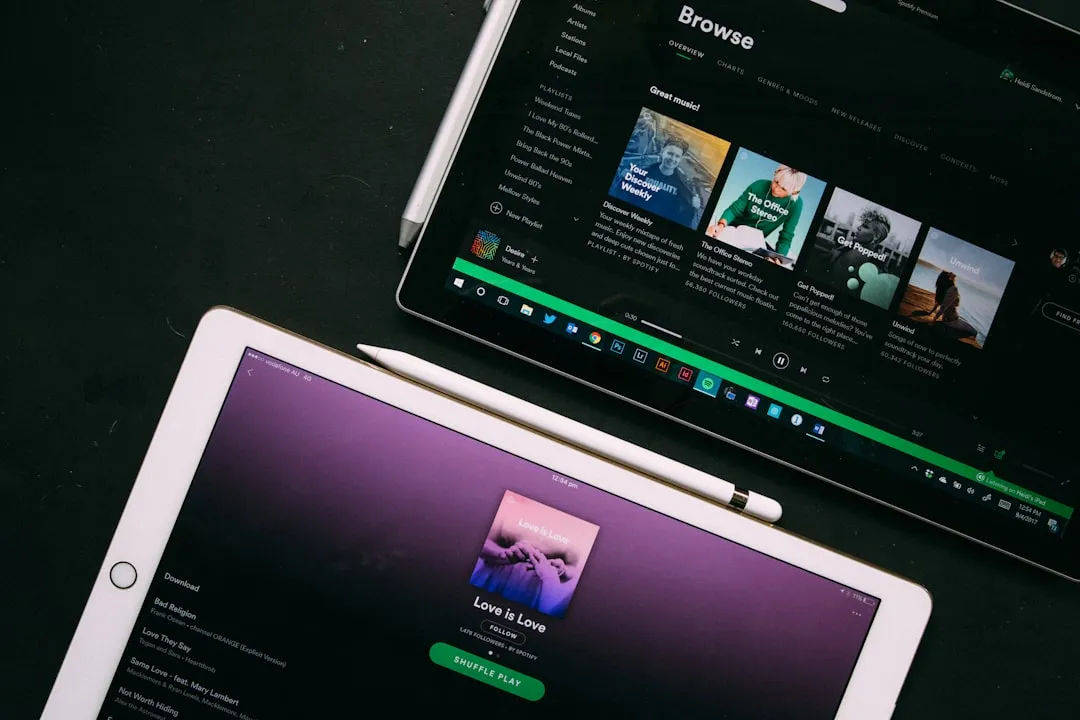
Comments
Be the first, drop a comment!